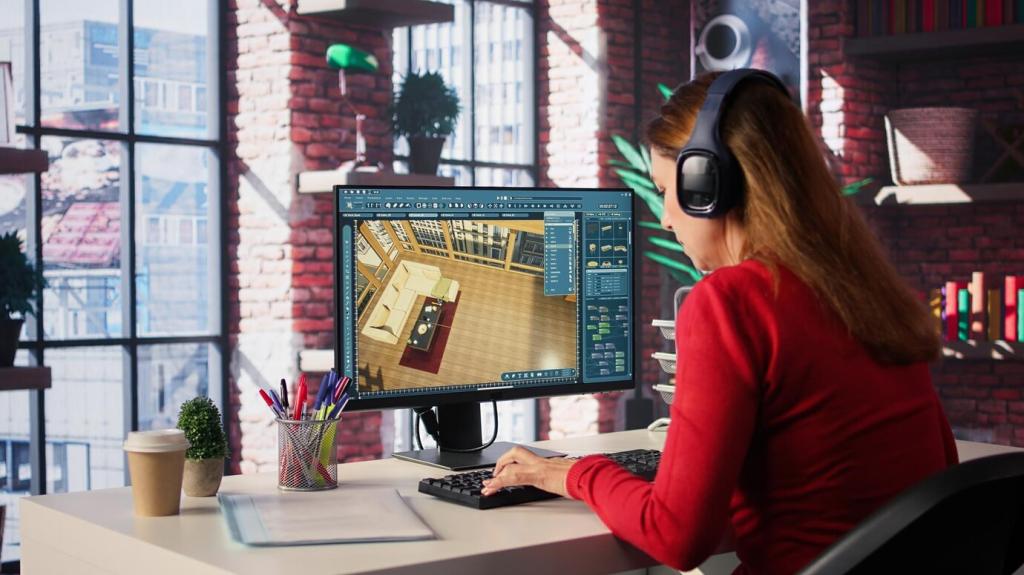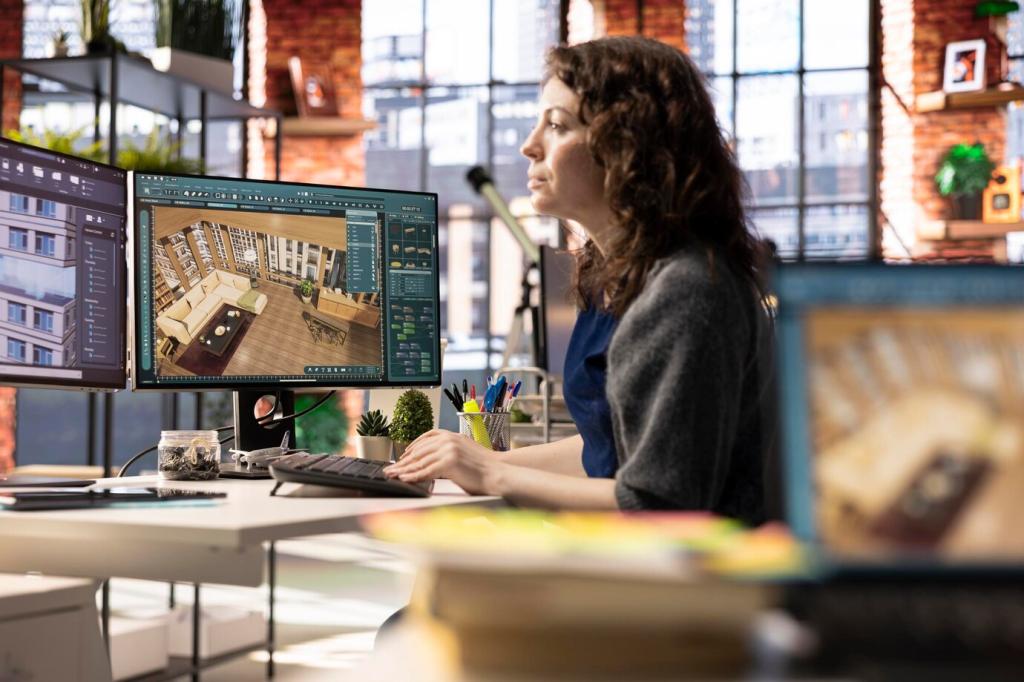Why Augmented Reality Matters in Interior Design
With augmented reality, your phone becomes a spatial instrument. Lidar and depth sensing capture walls, windows, and ceiling heights, replacing guesswork with reliable geometry you can design against confidently, quickly, and without hauling tools around.
Why Augmented Reality Matters in Interior Design
Drop true-to-scale sofas, rugs, and lighting into your room and walk around them virtually. AR reveals overcrowding, awkward clearances, and blocked sightlines early, helping you spend wisely and feel assured about every choice.
Why Augmented Reality Matters in Interior Design
When products are previewed at home in AR, selections tend to stick. Fewer shipping cycles, fewer repackaged returns, and fewer regretful swaps translate into greener interiors and calmer budgets for households and professionals alike.
Why Augmented Reality Matters in Interior Design
Lorem ipsum dolor sit amet, consectetur adipiscing elit. Ut elit tellus, luctus nec ullamcorper mattis, pulvinar dapibus leo.





